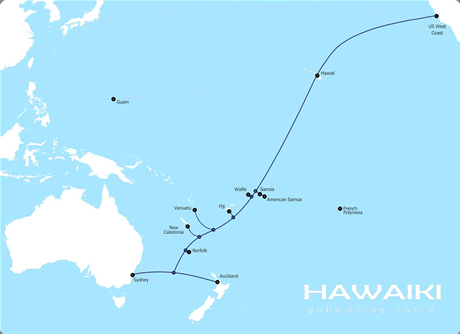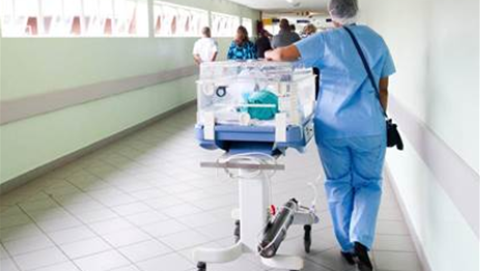The second trans-Pacific cable linking Australia, New Zealand and the US will connect to the northern Whangarei area of New Zealand, after cable owner Hawaiki signed a memorandum of understanding with the Northland Inc regional economic development agency.

A landing site will be constructed in Whangarei that includes the station itself and associated infrastructure, according to the MoU.
The chairman of Northland Inc, Colin Mitten, said the development agency and Hawaiki had been in discussions over the landing for six months. There were still "finer points" to be negotiated around the MoU, according to Mitten, but he hoped the deal would bring in millions in direct and indirect benefits to the Northland area, which is one of New Zealand's poorest.
Northland Inc will assist in financing both the landing site and the Hawaiki cable itself, by finding local investors and promoting funding through the Northland Regional Council's Investment and Growth Reserve. However, the value of the deal with Hawaiki was not disclosed.
Consents and permits required to land the cable will also be facilitated by the development agency.
The chief executive of the Telecommunications Users' Association of New Zealand (TUANZ), Paul Brislen, welcomed the news of the progress.
"A second cable is badly needed, so if Hawaiki comes into existence and connects New Zealand not just with Australia but also the United States, that's great for the country," Brislen said.
"Furthermore, not having the cable land in Auckland, which lies on an active volcanic field, is a very good idea," he added.

In March this year, Hawaiki told iTnews that it was to have a funding plan for the US$350 million cable ready by the second half of this year, and a supplier contract signed.
If completed, the Haiwaiki cable will have a twenty terabits per second design capacity using 100 gigabit/s wavelengths. It has a design life of 25 years and will run between Sydney - Whangarei - Hawaii and onto the United States West Coast, with spurs to connecting pacific islands such as New Caledonia, Vanuatu, Fiji, Samoa and American Samoa.
Hawaiki did not say if it had secured landing rights in Australia and the United States for the cable.
No exact time frame has been given for the project, but Hawaiki today said "the cable could be completed within as little as two years".




.png&h=140&w=231&c=1&s=0)




.png&w=100&c=1&s=0)

 iTnews Benchmark Security Awards 2025
iTnews Benchmark Security Awards 2025
 Digital Leadership Day Federal
Digital Leadership Day Federal
 Government Cyber Security Showcase Federal
Government Cyber Security Showcase Federal
 Government Innovation Showcase Federal
Government Innovation Showcase Federal
 Digital NSW 2025 Showcase
Digital NSW 2025 Showcase












_(1).jpg&h=140&w=231&c=1&s=0)



